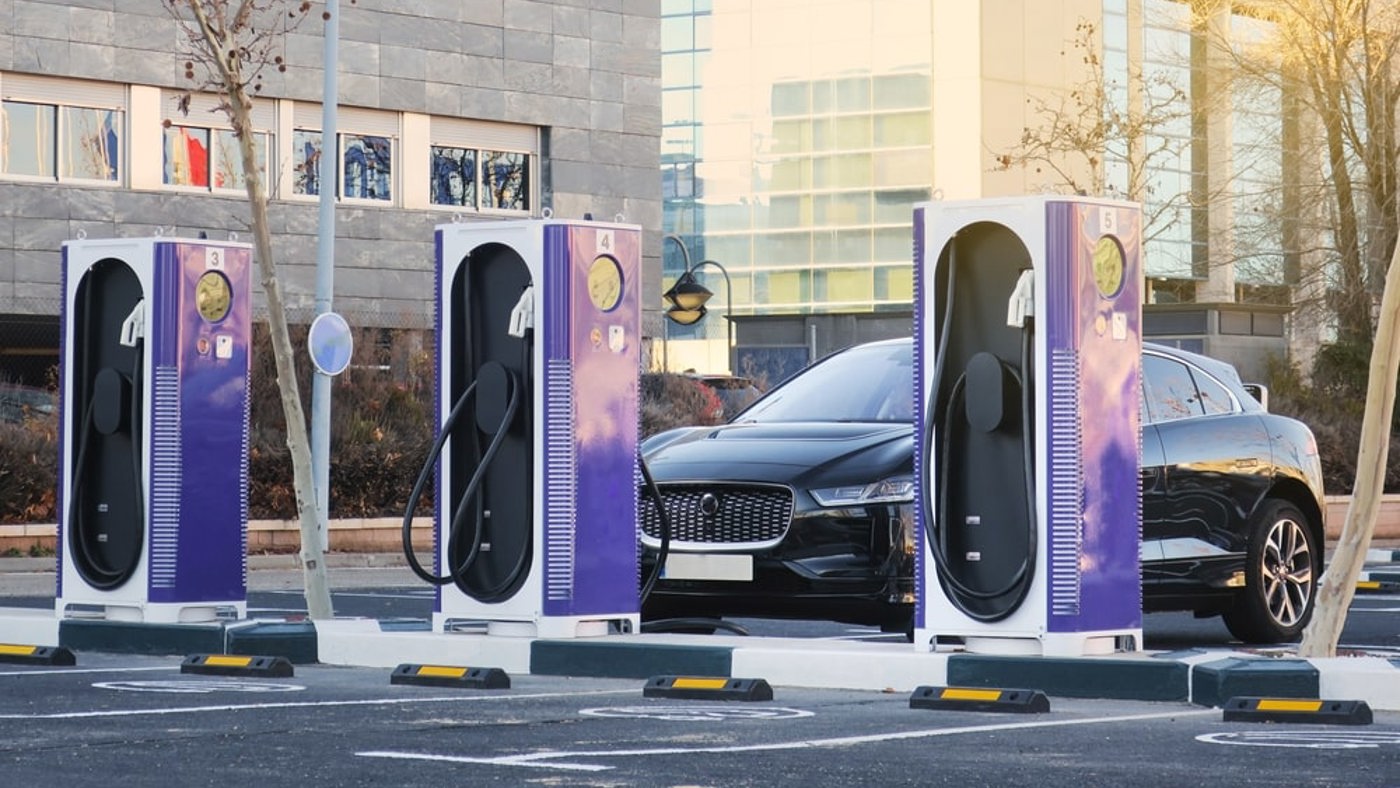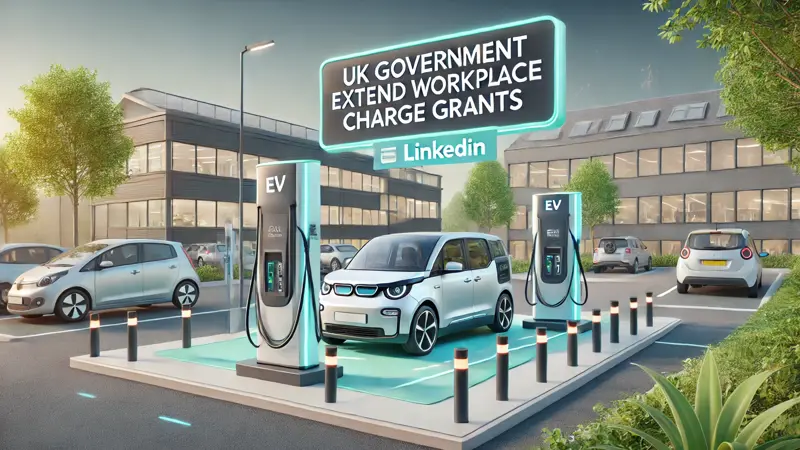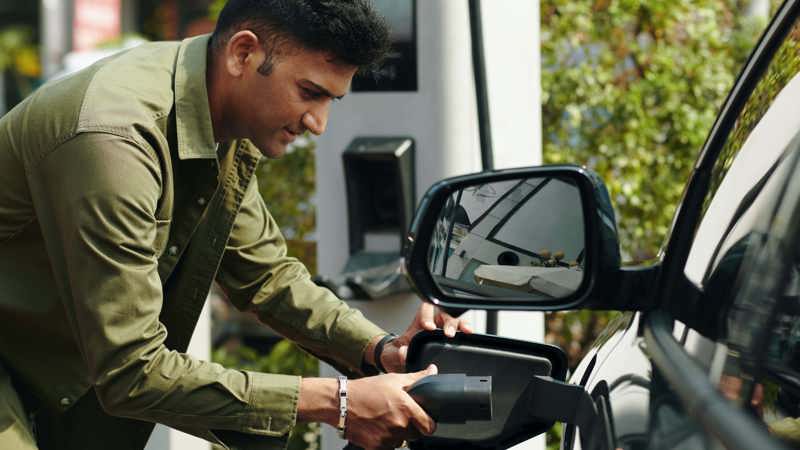
EV News Round-Up: Zap Map Annual Insight Report
ZapMap end-of-year report published
To start off our round-up, ZapMap issued its annual charging insights report. Some of the key data takeaways include:
- A 45% year-on-year increase in public charger installations across the UK, with 16,664 more chargers.
- The pace of installation has shown a clear increase, with 1400 new chargers per month installed in 2023 compared to 730 per month in 2022, representing an 89% increase.
- A larger proportion of new high-power chargers were ultra rapid - 72% in 2023 compared to 58% the previous year.
What does all of this mean?
These figures show that - at least in terms of rollout volume - the UK appears to be on track to meet its targets of a more reliable and accessible public charging infrastructure by the year 2030.
The pace of progress is showing promising signs of hitting our Government-set target of 300,000 chargers by that year; but as ZapMap’s co-founder, notes Melanie Shufflebottom, there are still challenges to overcome.
Shufflebottom cited charge points malfunctioning, there still not being enough available, and the overall cost of chargers as some of these main concerns among consumers.
Clearly, we still have work to do as an industry to dissuade EV myths and sticking points and make sustainable vehicle adoption a more viable option for what is now the early majority of consumers.
But with new charge point regulations in force, and a general push towards ensuring a streamlined driver experience alongside getting chargers in the ground, the EV industry is in a great place to improve on this going forward.
EV Charging Robots?
Earlier last week, This is Money published an article covering some of the potential future EV innovations that could serve to improve the charging experience in years to come.
With some perhaps seeming more attainable in the present day than others, a few of the five innovations they included were wireless charging roads, built-in pavement charging cables, and autonomous EV charging robots.
We’re not so sure how many of these will hit the mainstream market, but with the industry constantly innovating to bring technology to the forefront of user experience, who knows in which direction we’re heading?
In what may have seemed a sci-fi style development years ago, we’re already seeing wireless charging being trialled in select locations across the globe, with the promise of this technology being applicable to the scores of EV charging hubs popping up along motorway service stations.
And those in the EV innovation space are constantly looking at ways to aid cable management. One of our own installer partners e.park solutions, for example, has recently launched its ‘cable-up’ tool fitted with springs and mounted on the wall to bounce back when released, stopping your cable from getting tangled and damaged throughout the charging process.
We’re interested to see which EV tech development you’re most excited about potentially seeing hit the mainstream. Let us know in the comments of our social posts accompanying this round-up.
AI finds lithium replacement for electric vehicle batteries
Artificial intelligence (AI) has been used by Microsoft’s Azure Quantum Team to find a new substance which could power EV batteries, potentially reducing lithium use by 70%.
Lithium battery mining has proven one of EV’s biggest problems this year, with the size of the batteries required to power the vehicle and the relative expense of attaining it proving to be one of the biggest driving points of higher vehicle prices.
Now, with the industry focusing on making the EV switch more affordable for the average consumer, focus on battery development has been paramount.
Followers of our round-up will be familiar with multiple research centres across different countries plunging investment into these developments - not least the UK as Jeremy Hunt’s budget announcement last month included a considerable amount of funding to EV battery research projects.
According to Dr. Nathan Baker, product leader of the Microsoft Team who’ve discovered the new potential material:
“Lithium is already relatively scarce, and thus expensive. Mining it is environmentally and geopolitically problematic.”
“Creating a battery that might reduce lithium requirements by approximately 70% could have tremendous environmental, safety, and economic benefits.
The promise of these developments, as Dr. Baker states, are huge, as well as the implications for industry in using this innovative AI technology to significantly streamline the recovery process.
We’ll be keeping a close eye on this development, with the hope that these continued battery research breakthroughs could help make EVs a more viable option for consumers in the near future.
EV Saves 11-year-old's life during blackout
In more obscure EV news last week, an Australian mother was able to use her EV to power her 11-year-old son’s dialysis machine during a powercut at their home in Queensland.
After storms and flash floods in their area had caused widespread outages on Christmas Day, family feared for their child’s safety.
After spending some time waiting anxiously for the power to come back on, mother Kristy made use of her EV’s "vehicle to load" system to use the car as an emergency generator.
While most commonly being used to help power EVs, the feature can theoretically be used to power any household appliance.
Kristy’s son was awaiting a kidney transplant, and would have faced a life-threatening illness if the machine had lost power.
"We ran [the dialysis] off the car,” Kirsty added.
“We could’ve run it for four nights. It’s the most amazing vehicle I’ve ever had, and I’m never going back to electric.”
That’s all from last week’s EV news round-up. Make sure to follow us across our social channels to keep updated on any huge EV developments, as well as for more information on how EV charging software can help you turn your regular EV chargers into assets for yourself of your organisation.


